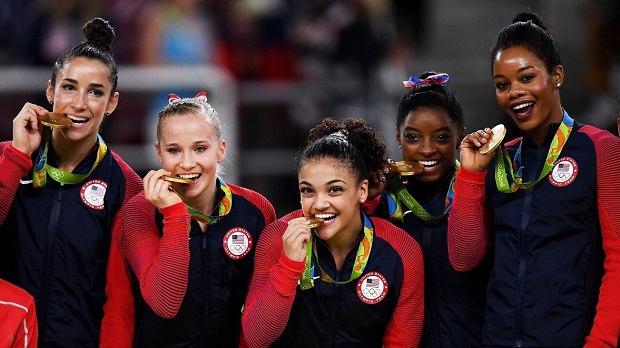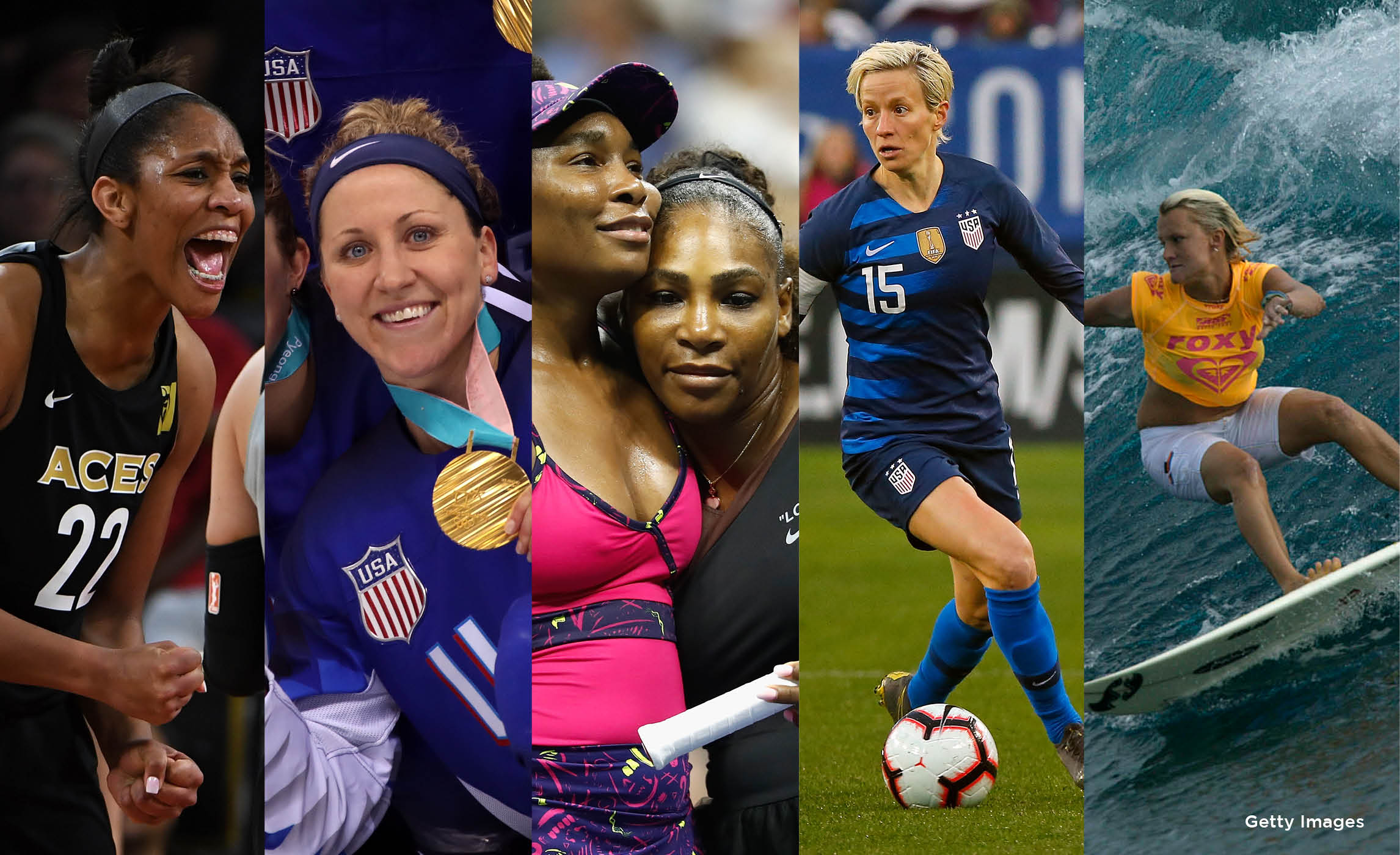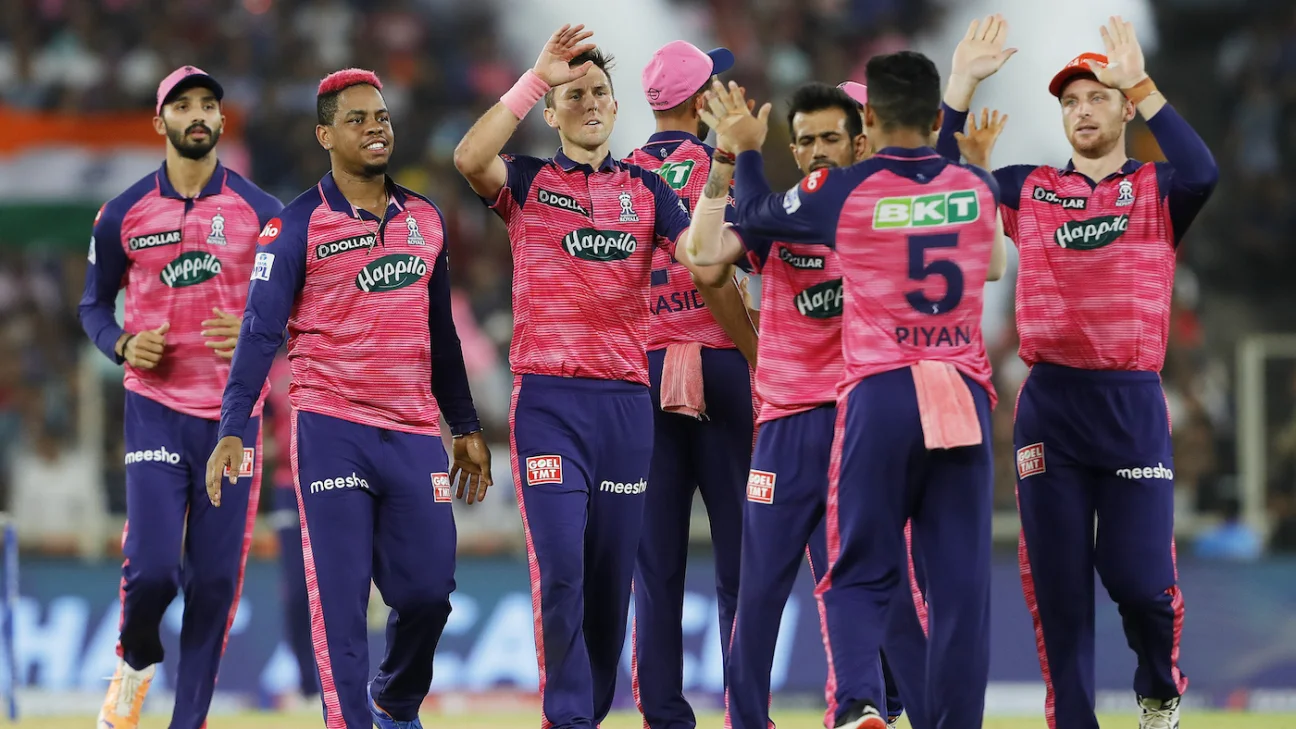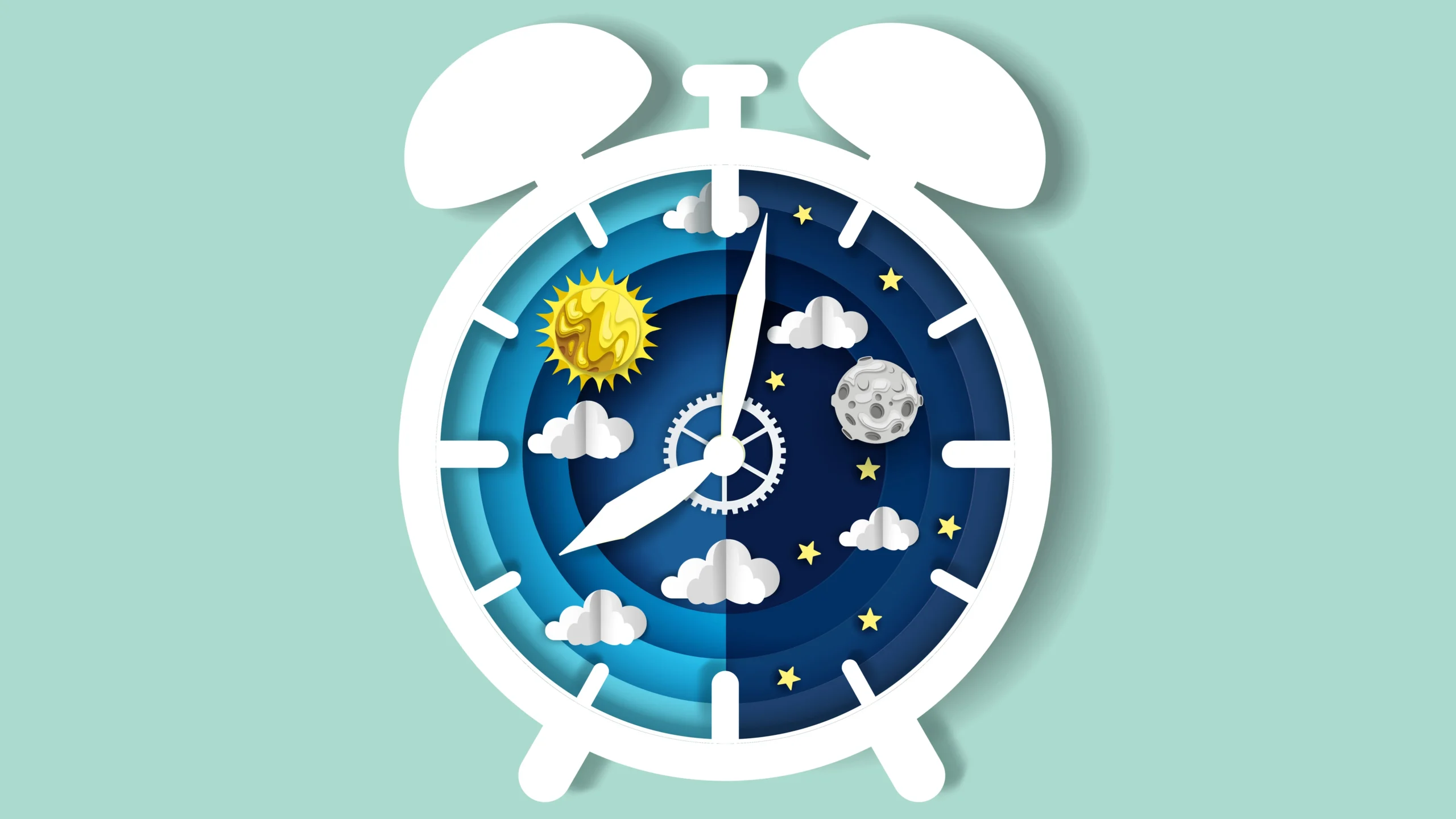Women in Sports: A History of Triumph

“`html
Women in Sports: A Journey of Triumph, Struggle, and Ongoing Progress
For centuries, the world of sports has been perceived as a predominantly male domain. However, the narrative is changing, albeit gradually. The story of women in sports isn’t just about athletic achievement; it’s a testament to resilience, perseverance, and the constant fight for equality. This post explores the historical context, ongoing challenges, remarkable achievements, and future prospects for female athletes around the globe.
A History Steeped in Exclusion
Historically, women faced widespread exclusion from organized sports. In many cultures, participation in physical activity was deemed “unfeminine” or even detrimental to their health – a notion demonstrably false but deeply ingrained in societal norms. Early attempts at female involvement were often met with ridicule and resistance. Think back to the late 1800s and early 1900s; organized sports for women were virtually non-existent, particularly at higher levels of competition.
Even when opportunities arose, they were frequently restricted. Early women’s basketball leagues, for example, faced constant scrutiny and limitations on rules (often designed to make the game less physically demanding) and media coverage. Similarly, tennis tournaments featuring female players were often smaller scale and lacked the prestige afforded to men’s events.
The Fight for Recognition: Key Milestones
Despite these obstacles, women persistently pushed for inclusion. Several key milestones marked significant progress:
- Early 20th Century: The formation of early women’s sports organizations and the rise of amateur competitions began to pave the way.
- 1972 Title IX: This landmark legislation in the United States, prohibiting sex-based discrimination in any educational institution receiving federal funding, proved transformative for opportunities in school sports. It mandated equal athletic opportunity for girls and women, leading to a surge in participation at all levels. This was arguably *the* single most impactful piece of legislation regarding equity in US sports.
- Montreal Olympics (1976): The inclusion of women’s volleyball, basketball, and rowing marked a significant moment on the world stage, though still far from complete representation.
- Continued Advocacy: Throughout the latter half of the 20th century and into the 21st, persistent advocacy groups and individual athletes worked tirelessly to challenge stereotypes and demand equitable treatment.
Challenges That Remain
While progress has been made, significant challenges persist today:

- Media Representation: Female athletes continue to receive significantly less media coverage than their male counterparts. This lack of visibility impacts sponsorship opportunities, fan engagement, and overall recognition for their accomplishments. Studies consistently show a stark disparity in the amount of airtime and print space dedicated to women’s sports.
- Pay Equity: The pay gap between men’s and women’s professional sports remains substantial. Even in high-profile sports like tennis and soccer, prize money and salaries often lag significantly behind their male counterparts. Sponsorship deals also contribute to this disparity.
- Sponsorship & Investment: Investment in women’s sports at the grassroots level, collegiate level, and professionally is lower than investment in men’s sports. This impacts training facilities, coaching resources, and overall development opportunities for female athletes.
- Stereotypes and Bias: Persistent stereotypes about femininity and athletic ability continue to affect perceptions of female athletes. Commentary often focuses on appearance rather than skill or athleticism, perpetuating harmful biases.
- Lack of Role Models & Representation: While this is improving, a lack of diverse role models (particularly for girls from underrepresented backgrounds) can limit aspirations and create barriers to entry.
Triumphs Worth Celebrating
Despite the challenges, women in sports have achieved remarkable feats. From breaking records to shattering stereotypes, their accomplishments are inspiring:
- Serena Williams: A dominant force in tennis for decades, Serena’s skill and determination have made her a global icon.
- Simone Biles: Considered one of the greatest gymnasts of all time, Simone has redefined what’s possible in gymnastics while also bravely prioritizing mental health – setting an important precedent.
- Alex Morgan & Megan Rapinoe (US Women’s Soccer): These athletes have led the US women’s national soccer team to numerous World Cup victories and are vocal advocates for gender equality.
- Sprinters like Allyson Felix: Allyson’s incredible achievements on the track, coupled with her advocacy against sponsorship discrimination during pregnancy, make her a true inspiration.
These are just a few examples of the countless women athletes who have overcome obstacles and achieved greatness.
The Future of Women in Sports
The future looks brighter than ever for female athletes, but continued effort is crucial:
- Increased Media Coverage: Demanding greater representation from media outlets and supporting platforms that prioritize women’s sports is key.
- Investment in Grassroots Programs: Expanding opportunities for girls to participate in sports at a young age is vital for developing future talent and fostering a love of the game.
- Pay Equity Advocacy: Supporting initiatives aimed at closing the pay gap and ensuring fair compensation for female athletes.
- Challenging Stereotypes: Actively challenging gender stereotypes and promoting positive portrayals of female athletes.
- Supporting Female Coaches & Leadership: Increasing representation of women in coaching roles, athletic administration, and leadership positions within sports organizations.
The ongoing evolution of women’s participation in sports is a testament to the unwavering determination of these incredible athletes and advocates. By continuing to break barriers and challenge norms, they are not only shaping their own futures but also paving the way for generations of female athletes to come.
Conclusion
The journey of women in sports has been long and arduous, marked by both setbacks and triumphs. While significant progress has been made, the fight for equality is far from over. By recognizing the challenges that remain and actively supporting initiatives aimed at creating a more equitable landscape, we can help ensure that future generations of female athletes have the opportunities they deserve to pursue their dreams and achieve their full potential.
“`



